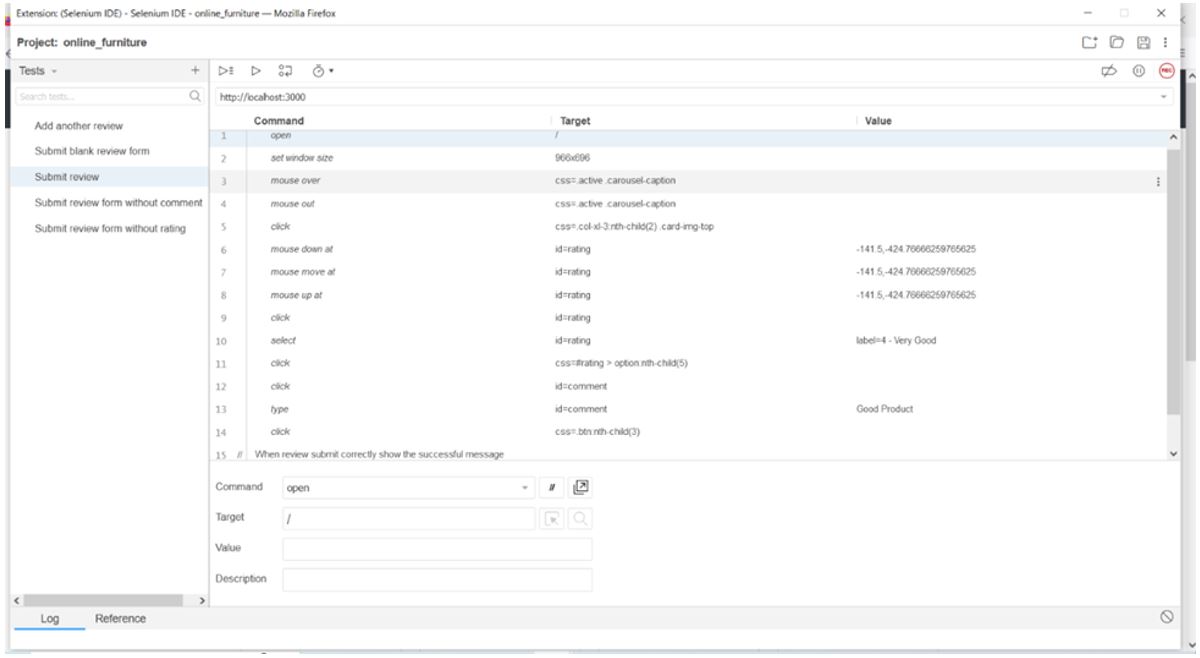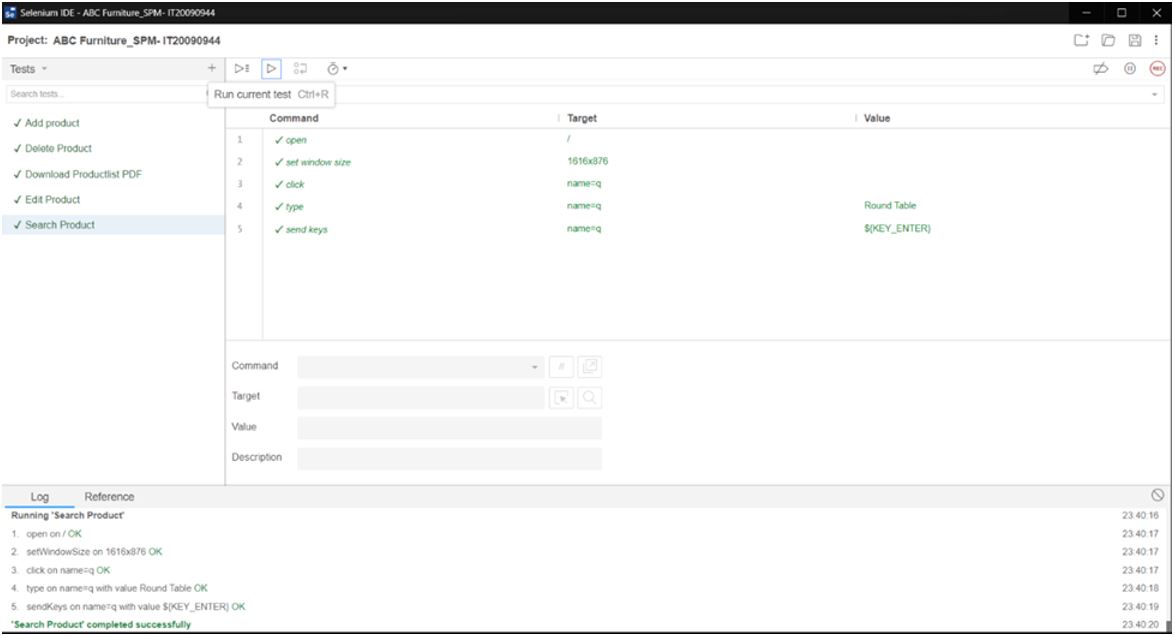Introduction
The Furniture manufacturers in Sri Lanka are investing in having their presence in the online world to strengthen brand awareness and increase their customer interaction. Besides, the smaller enterprises might struggle harder than bigger enterprises due to lack of resources. For this purpose, this proposed online furniture store is developed to facilitate small and medium furniture stores to sell their products online as well as to help customers who do not have time to travel to shop, buy furniture online.
Although there are many ecommerce web applications available for furniture stores in the market, most of these businesses make the mistake of forgetting about usability. A usable ecommerce site should take less time to think when used, and less complex. Therefore, user-friendliness is one of the most important factors we have considered when designing the proposed system. The system helps customers quickly find the target products and complete the shopping process quickly and clearly. Based on this, it strengthens the application of the concept of user experience, meet user needs, increase user volume, and create a good brand effect.
The proposed web application is designed and developed based on client server architecture using ReactJS for frontend and NodeJS and ExpressJS for backend. The database management system is a document-oriented MongoDB, which allows to maintain flexibility and scalability during development.
The workflow of the system illustrates signing-up and logging into the system, browsing through the available furniture, add the desired products to the shopping cart, placing the order, making payment, marking the order as delivered, and then providing a review for the order. Apart from that, system data can also be exported to pdf. During the development phase, we managed the team members' work using Azure Boards which provides a set of Agile tools to plan and track work. We use GitHub, a code hosting platform for version control to store, track, and collaborate on the proposed project. The proposed system is tested using an automated testing tool called "Selenium" which provides a playback tool for authoring functional tests across most modern web browsers.
SonarQube which is an open-source platform is also used to continuously inspect the code quality to perform automatic reviews with static analysis of code to detect bugs, code smells, and security vulnerabilities of the proposed system. The findings of this study together with the use of effective tools and technologies, afford practical implications for the development of an online furniture store with user-friendly interfaces, functionality, and interactive parts.
There has been a considerable amount of research on eCommerce in developing countries, and these studies have highlighted the influence of contextual impediments relating to economic, technological, legal, and financial infrastructure on the adoption of eCommerce in those countries [3].
According to the existing research conducted recently, it was observed that they are mainly concerned about the consumer and the seller and their business perspectives. As a consumer started to browse the furniture products available in the ecommerce platform, they start to look for the product images, prices, reviews, available payment methods and delivery methods. In the instance consumers are much familiar with ecommerce applications nowadays. Since Ecommerce platform has come to at matured level. Users can make payments through PayPal, cards, and cash on delivery also.
Previous research illustrates the business functionalities, this research paper focuses additionally on the security, authentication, and authorization mechanism that must be exercised in a distributed system. Internet security has become a consistent and growing problem as various Internet-based technologies and applications are developed and distributed. There is an increasing number of incidents related to security violations because of the unusual intentions of users [4].
This proposed application can be used in web browsers, mobile devices, tablet devices, and various kinds of user roles, and from different locations, the data and information should be transferred very securely. It should be made available anytime to the users. It should not be altered illegally in middle.


 ©
© 


